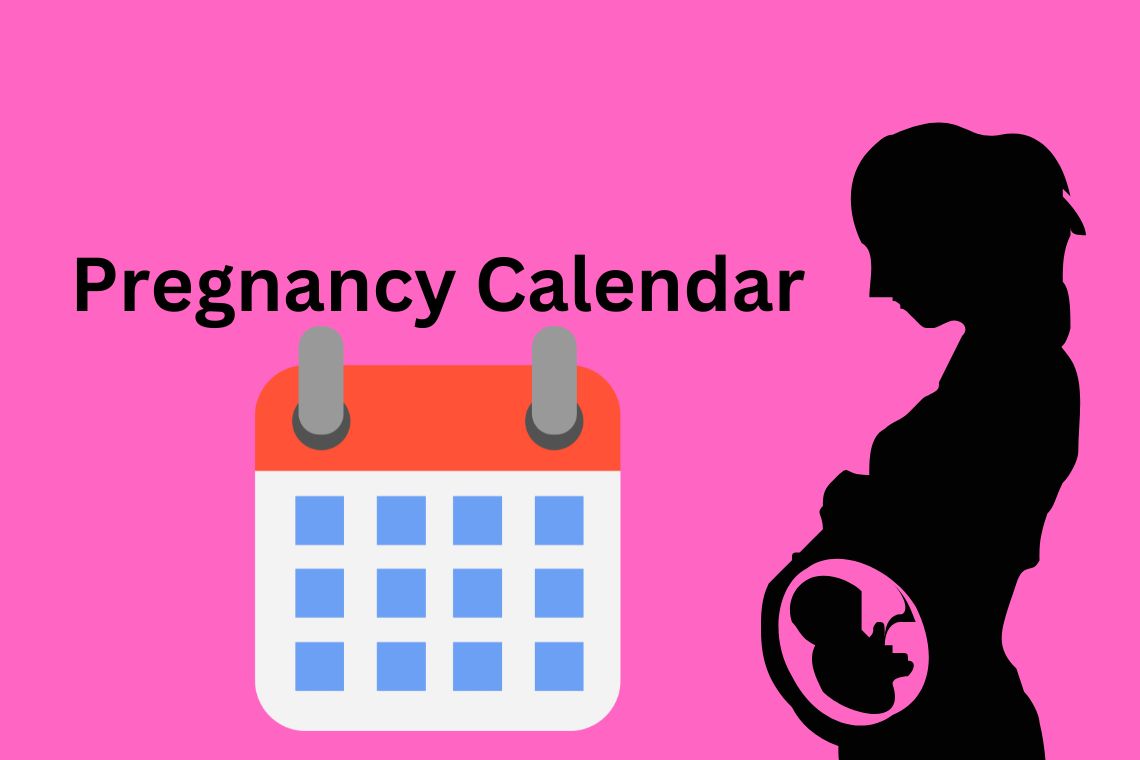
Navigating the Pregnancy Journey: A Comprehensive Guide to Your Calendar
Table of Contents
Introduction:
Embarking on the extraordinary journey of pregnancy is a profound and transformative experience for expectant parents. To navigate this remarkable path, understanding the stages and milestones is crucial. In this comprehensive guide, we will delve into the intricacies of the Maternity calendar, offering insights into each stage, supported by information from reputable government websites. Our aim is to provide a reliable, unbiased, and educational resource that is not only high in quality but also SEO-friendly.
History:
The concept of tracking pregnancy dates back centuries, with ancient cultures employing various methods to predict and monitor the stages of pregnancy. However, it wasn’t until modern medicine advanced that a standardized maternity calendar emerged. Today, expecting parents have access to a wealth of information, allowing them to follow their baby’s development with precision.
Stages of Pregnancy:
First Trimester (Weeks 1-12):
The initial stage involves miraculous conception and the formation of vital organs. According to information from reputable government health websites, such as the Centers for Disease Control and Prevention (CDC) and the National Institutes of Health (NIH), during this crucial period, the embryo undergoes significant development.
Second Trimester (Weeks 13-26):
The middle stage brings visible changes, from the baby’s first kicks to the growth of hair and nails. Government health resources offer accurate and reliable information on the evolving fetus, providing a comprehensive understanding of this stage.
Third Trimester (Weeks 27-40):
As the due date approaches, the final trimester is marked by further fetal development and the anticipation of labor. Government websites, including those from health departments, offer guidance on preparing for childbirth and postpartum care.
Familiarize Yourself With
Nutritional Guidelines:
A critical aspect of a healthy pregnancy is nutrition. This section explores government-recommended dietary guidelines during pregnancy, covering essential vitamins and minerals, dietary do’s and don’ts, and the importance of a well-balanced diet for both the mother and the developing baby.
Prenatal Care:
Regular prenatal check-ups and examinations are crucial for a healthy gestation. This subheading discusses government initiatives and guidelines promoting proper healthcare for expectant mothers. Information may include the recommended schedule for prenatal visits, necessary screenings, and the role of healthcare professionals in ensuring a healthy pregnancy.
Maternity Leave Policies:
Addressing the needs of expectant parents beyond the physical aspects of pregnancy, this section focuses on government policies regarding maternity leave. It includes information on the duration of leave, workplace support, and legal provisions designed to assist new parents during this transformative period.
Postpartum Resources:
Recognizing that the journey extends beyond childbirth, this subheading explores government-backed resources available for postpartum care and support. Topics may include mental health resources, postpartum check-ups, and community programs aimed at aiding new parents during the early stages of parenthood.
Conclusion:
Navigating the pregnancy calendar is an exciting and sometimes overwhelming journey. By staying informed with authentic, government-backed information, expectant parents can confidently embrace each stage of maternity. Remember, this guide is just a starting point, and consulting with healthcare professionals is crucial for personalized advice and care.
References:
Throughout this article, information has been drawn from reputable government websites such as the CDC, NIH, and local health departments. These sources ensure the content’s authenticity, reliability, and adherence to high standards of accuracy.






